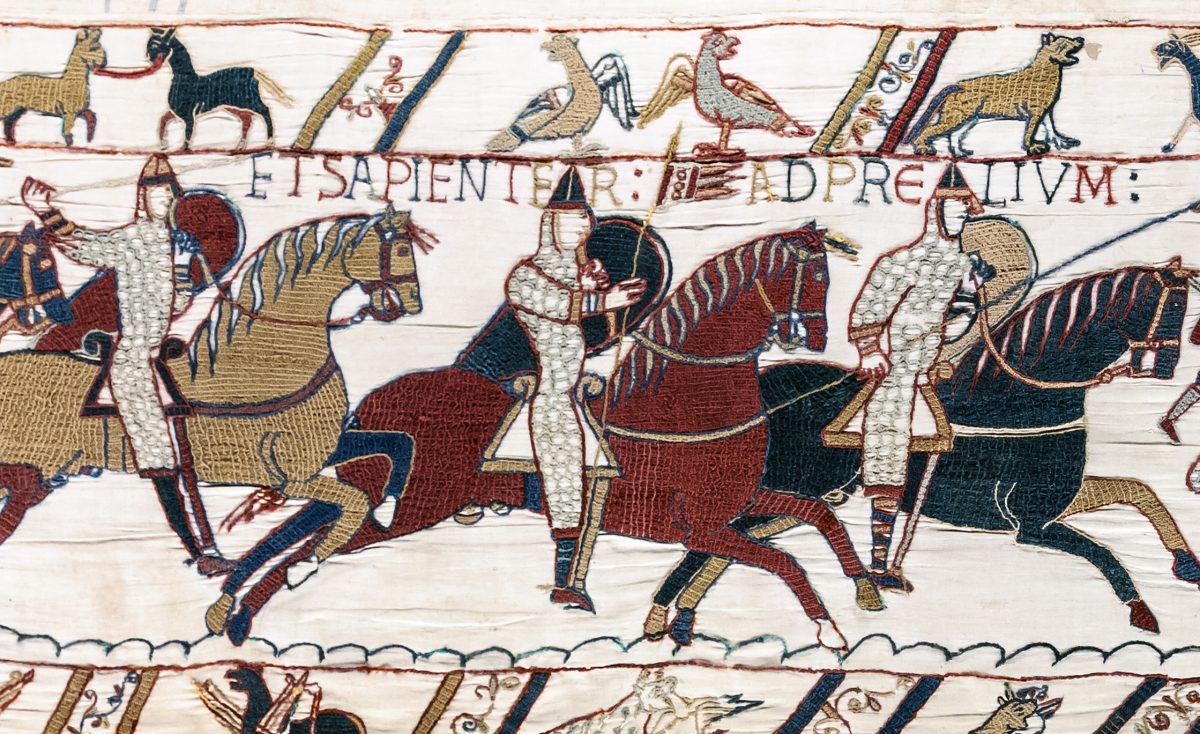Question: Which famous sea battle between the British Royal Navy and the combined fleets of the French and Spanish Navies took place on 21st October 1805? Answer: Battle of Trafalgar Question: What is the historic collective name for these five coastal towns in Kent and Sussex: Hastings, Rye, Hythe, Dover and Sandwich? Answer: The Cinque Ports Question: Where did King John sign the Magna Carta? Answer: Runnymeade Question: Name the leader of the rebels in the Peasants’ Revolt of 1381? Answer: Wat Tyler Question: In the UK, which financial institution was created in 1694? Answer: Bank of England Question: Which British Prime Minister was noted for his gunboat diplomacy in the 1850s? Answer: Henry Temple better known as Lord Palmerston Question: What Act by Egyptian President Gamal Abdel Nasser in 1956 lead to the Suez Crisis? Answer: He nationalised the Suez Canal. The canal had been built in 1869 by the Suez Canal Company which was a French company in which the British Government had a very substantial shareholding. Essentially the French and British had operated the canal since its construction. Question: By what name are the difficulties and conflicts in Northern Ireland between 1969 and 1997 known? Answer: The Troubles Question: What was the name of the ship in which Sir Francis Drake sailed around the world? Answer: The Golden Hind Question: What is the name of the towers built along the Sussex and Kent coasts in 1804 as a defence against Napoleon’s threatened French invasion? Answer: Martello Towers
Question: How was the eldest son of Edward III, Edward of Woodstock better known? Answer: The Black Prince Question: By what name are the trials known that followed the defeat of the Monmouth Rebellion at the Battle of Sedgemoor in 1685? Answer: Bloody Assizes Question: Who were the tribal peoples who lived in what is today eastern and northern Scotland from the Late Iron Age to the Early Medieval period? Answer: The Picts Question: In which century was Thomas Beckett, Archbishop of Canterbury murdered? Answer: 12th Century Question: Which was the second largest city in England during the Medieval period? Answer: Bristol Question: Which is the only King of England who, at his own request, was buried in Worcester Cathedral? Answer: King John Question: At which Battle in 1298 did Edward I of England defeat William Wallace of Scotland which resulted in William Wallace resigning as Guardian of Scotland? Answer: Battle of Falkirk Question: Which King of England met with the rebels of the Peasants’ Revolt at Smithfield in 1381? Answer: Richard II Question: In which castle in Gloucestershire is Edward II of England believed to have been murdered? Answer: Berkeley Castle Question: What name was used in early medieval times for the former kingdom of the Picts and today is used by some to means Scotland? Answer: Alba Question: After the Romans had withdrawn from Britain in the 5th Century, much of England was settled by Angles, Saxons and Jutes. In which two modern-day counties did the Jutes settle? Answer: Surrey & Kent 
Historic Events in British History
(including British History Trivia Questions)
British History Timeline
Visit our Timeline of pivotal dates and events in British History from 1066 up to the modern time. Find all the dates of the key events that have shaped the United Kingdom of today.
